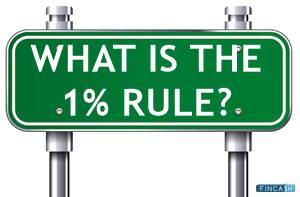K-Percent Rule
What is K-Percent Rule?
The K-percent Rule meaning was proposed by Milton Friedman –a famous Economist. The given rule was laid out on the theory that the central Bank should consider increasing the respective money supply through a constant percentage on an annual Basis.

The K-percent Rule aims at proposing that the bank should set the growth of money supply at the rate that stands equal to growth of real GDP every year. In the United States of America, the given rate is going to be typically in the Range of 2 to 4 percent on the basis of historical averages.
Getting an Understanding of the K-percent Rule
Milton Friedman had proposed the K-percent Rule. In addition to this, he was also renowned for being the Nobel Prize winner in the field of Economics. Moreover, he has also been hailed as Monetarism’s founder. Monetarism is regarded as the branch of economics that is responsible for focusing on monetary growth along with other related policies to serve as the most vital Factor for driving future Inflation.
Friedman had the belief that monetary policy turned out to be a significant contributor to cyclical fluctuations occurring in the Economy. The process of fine-tuning the economy with the help of different monetary policies –based on specific Economic Conditions, was considered as dangerous. This is because not much was known about the respective effects.
Talk to our investment specialist
The ideal way of bringing about stability to the economy on the long-term basis was having the central banking institution & authorities automatically ensure growth in the money supply by some fixed amount (referred to as the “k” variable) every year –irrespective of the economy’s state. Particularly, Friedman added that the money supply should be capable of rising at an annual rate between the range of 3 & 5 percent. He even stated that the accurate definition of the adopted money along with the accurate growth rate selected would make minimal difference in comparison to the definitive choice of a specific definition along with a specific growth rate.
While the Federal Reserve Board of the United States of America is well-versed with the benefits of the K-percent Rule, practically, most high-end economies tend to base the respective monetary policy on the economy’s state. When the given economy tends to be weak cyclically, the Federal Reserve as well as others consider growing the money supply at a quicker rate in comparison to the suggestion of the K-percent Rule. On the other hand, when the given economy might be performing well, an increasing number of central banking institutions as well as authorities consider constraining the overall money supply growth.
All efforts have been made to ensure the information provided here is accurate. However, no guarantees are made regarding correctness of data. Please verify with scheme information document before making any investment.












